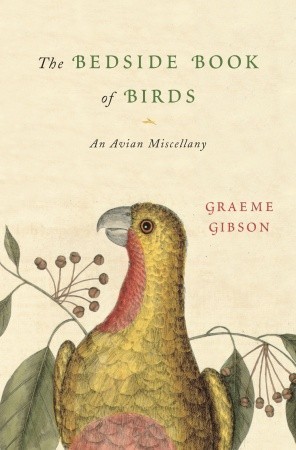What do you think?
Rate this book


384 pages, Hardcover
First published October 18, 2005



...though wounded, though weakened by loss of blood, and consequently more anxious than ever to enjoy there, sheltered from the wind, the last warmth from the sun, at a certain moment it had thought that it was wise still, immediately, to “move on”. The long strip of land, over there, thickly covered with vegetation, more or less the same color as its feathers, and mostly tall enough to allow it to walk there without being seen, perhaps represented what best suited the bird’s needs. To hide in there, for the present, waiting for night, which was now near; and afterwards, afterwards it would see what could be done.
[…]
It went farther and farther away, painfully dragging its shattered wing after it; and he thought he could read in its narrow, obstinate little neck all this reasoning. But how mistaken it was, he suddenly said to himself, it fooled itself to such a degree (the strip of land was all right, it would get there; but with all the blood it was still shedding, the dog, soon unleashed to search for it, wouldn’t have the slightest difficulty in flushing it), it was wrong to such a degree, obviously, poor stupid animal, that if he hadn’t felt that shooting at it would seem, to him, shooting in a sense at himself, he would have fired at once. Then, at least, it would be all over. — (and then I bought The Novel of Ferrara)


Most of us are defined by the age we live in - Audubon included - and in the nineteenth century birds were routinely slaughtered in astonishing numbers. Audubon reports that in a single day forty-eight thousand Golden Plovers were gunned down near New Orleans.
Cowley (in the year 1684) says that the "Turtle-doves were so tame, that they would often alight upon our hats and arms, so as that we could take them alive: they not fearing man, until such time as some of our company did fire at them, whereby they were rendered more shy." Dampier also, in the same year, says that a man in a morning's walk might kill six or seven dozen of these doves.
Cortes's men, says Diaz, never seemed to tire of the arboretums, gardens, and aviaries in the months following their entry into the city. By June 1520, however, Cortes's psychological manipulation of Montezuma and a concomitant arrogance, greed, and disrespect on the part of the Spanish military force has become too much for the Mexicans, and they drove them out. Cortes, relentless and vengeful, returned to the Valley of Mexico eleven months later with a larger army and laid siege to the city. Canal by canal, garden by garden, home by home, he destroyed what he had described to Charles V as "the most beautiful city in the world." On June 16, in a move calculated to humiliate and frighten the Mexican people, Cortes set fire to the aviaries.
25 April, 1936.
My colleague O'Neil writes excellent letters form Germany: he says that in Heidelberg the professor of English [...] also that he went to a law Court where a man was condemned to 4 months for throwing a stone at a bird - against Goering's new Reichsjagdgesetzbuch [Reich Hunting Code] - because that is bestial cruelty and the National Socialist Regime is opposed to cruelty in every shape & form.